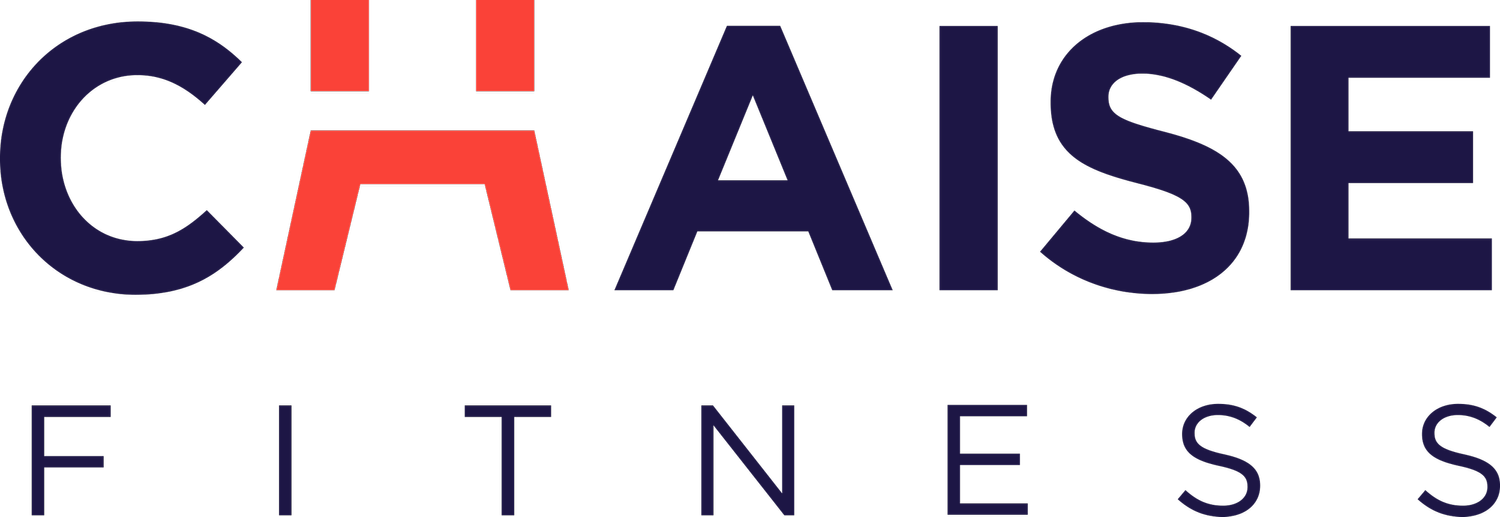The Science Behind Pilates: How It Strengthens Your Core and Improves Flexibility
Pilates has become one of the most popular forms of exercise for people looking to enhance their core strength and flexibility. But what makes this practice so effective? The answer lies in the science behind Pilates and its ability to engage deep muscle groups while improving overall body movement. This article explores how Pilates works, the benefits of Pilates, and how it serves as one of the best flexibility exercises available.
Understanding the Science Behind Pilates
Pilates is a mind-body exercise system developed by Joseph Pilates in the early 20th century. It focuses on controlled movements, precise form, and conscious breathing. The practice targets the deep muscles of the core, back, and pelvis, helping to stabilize and strengthen the body.
Unlike high-impact exercises, Pilates relies on slow, controlled movements that engage stabilizing muscles, promoting endurance and flexibility while reducing the risk of injury. Scientific research has demonstrated that Pilates activates the transverse abdominis, multifidus, and pelvic floor muscles, which are essential for core stability and spinal health.
The Role of the Core in Pilates
One of the primary benefits of Pilates is core strengthening. But what exactly does that mean?
The core isn't just about the abdominal muscles. It includes the:
Transverse abdominis (deepest layer of abs)
Rectus abdominis (the six-pack muscles)
Obliques (side muscles)
Multifidus (muscles along the spine)
Pelvic floor muscles
When you perform Pilates movements like the Hundred, Roll-Up, or Teaser, these muscles engage to provide stability and control. Unlike traditional crunches, which often emphasize the superficial abs, Pilates ensures deep muscle activation, improving both strength and endurance.
Scientific Evidence Supporting Pilates for Core Strength
Numerous studies have confirmed that Pilates for core strength is highly effective. A 2016 study published in the Journal of Physical Therapy Science found that participants who engaged in eight weeks of Pilates training significantly improved their core stability, posture, and balance. Additionally, a study in the Archives of Physical Medicine and Rehabilitation noted that Pilates enhances lumbar stability, reducing lower back pain in individuals with chronic issues.
By strengthening the deep core muscles, Pilates helps prevent common injuries, supports the spine, and enhances overall athletic performance.
How Pilates Improves Flexibility
Another major benefit of Pilates is its ability to enhance flexibility. Unlike static stretching, Pilates integrates dynamic stretching movements, which elongate and strengthen muscles simultaneously.
The Science of Flexibility in Pilates
Flexibility refers to the range of motion (ROM) around a joint. Tight muscles limit movement, leading to stiffness, pain, and injury. Pilates emphasizes gradual muscle elongation through controlled, flowing movements, which increase flexibility while maintaining joint stability.
Movements such as:
The Saw (enhances spinal mobility)
The Swan (opens the chest and strengthens the back)
The Spine Stretch Forward (improves hamstring flexibility)
encourage lengthening of muscles without straining them. This method promotes balanced flexibility, reducing muscle imbalances that can lead to injuries.
Research on Pilates and Flexibility
A 2014 study published in the Journal of Strength and Conditioning Research found that individuals practicing Pilates twice a week for 12 weeks showed significant improvements in hamstring and lower back flexibility. Additionally, a review in Sports Medicine highlighted that Pilates-based flexibility exercises enhance functional mobility, benefiting both athletes and individuals recovering from injuries.
By focusing on controlled, full-range movements, Pilates enhances muscle elasticity and joint mobility, making everyday movements easier and more fluid.
Other Benefits of Pilates
Beyond core strength and flexibility, Pilates provides numerous physical and mental health benefits:
1. Improves Posture
Pilates reinforces proper alignment and muscle balance, helping to correct posture imbalances caused by prolonged sitting or poor movement patterns.
2. Enhances Mind-Body Awareness
Since Pilates emphasizes breath control and concentration, it fosters a deeper connection between the mind and body, leading to improved coordination and stress relief.
3. Reduces Risk of Injury
By focusing on core stabilization and joint mobility, Pilates protects against common injuries, particularly in the lower back, knees, and shoulders.
4. Supports Rehabilitation and Pain Management
Many physical therapists recommend Pilates for individuals recovering from injuries or suffering from chronic pain conditions, such as arthritis or sciatica.
5. Boosts Athletic Performance
Athletes from various disciplines incorporate Pilates to improve strength, flexibility, and movement efficiency, enhancing their performance in sports such as dance, golf, and running.
Getting Started with Pilates
If you’re new to Pilates, you can start with basic exercises that focus on breath control, core engagement, and mobility. Some beginner-friendly moves include:
Pelvic Curl (strengthens the lower back and glutes)
Leg Circles (improves hip mobility)
Rolling Like a Ball (enhances spinal flexibility and balance)
For best results, aim for at least two to three sessions per week, gradually increasing intensity and complexity as you gain strength and flexibility.
Final Thoughts
Pilates is more than just a workout—it’s a scientifically backed method for improving core strength, flexibility, and overall well-being. By targeting deep stabilizing muscles and incorporating controlled, mindful movements, Pilates offers a safe and effective way to build strength, prevent injuries, and enhance flexibility.
Whether you’re an athlete, recovering from an injury, or simply looking to move with greater ease, Pilates can be an invaluable addition to your fitness routine. Start incorporating Pilates for core strength and flexibility exercises today, and experience the long-term benefits for both your body and mind!
Looking to Start Your Pilates Journey ?
At ChaiseFitness, we believe that anyone can be fit—no matter what skill level or body type. This belief inspired the creation of our patented Reinvention Method, which is for everyone—the athlete, the dancer, the beginner, the advanced, the rebuilder. We blend Pilates, ballet, and strength training and equip you with a chair and overhead bungees so that you work out all your muscles every time. We are located in Upper East Side in Manhattan. For more information, you can contact us at (973)996-2063, or explore our website.

